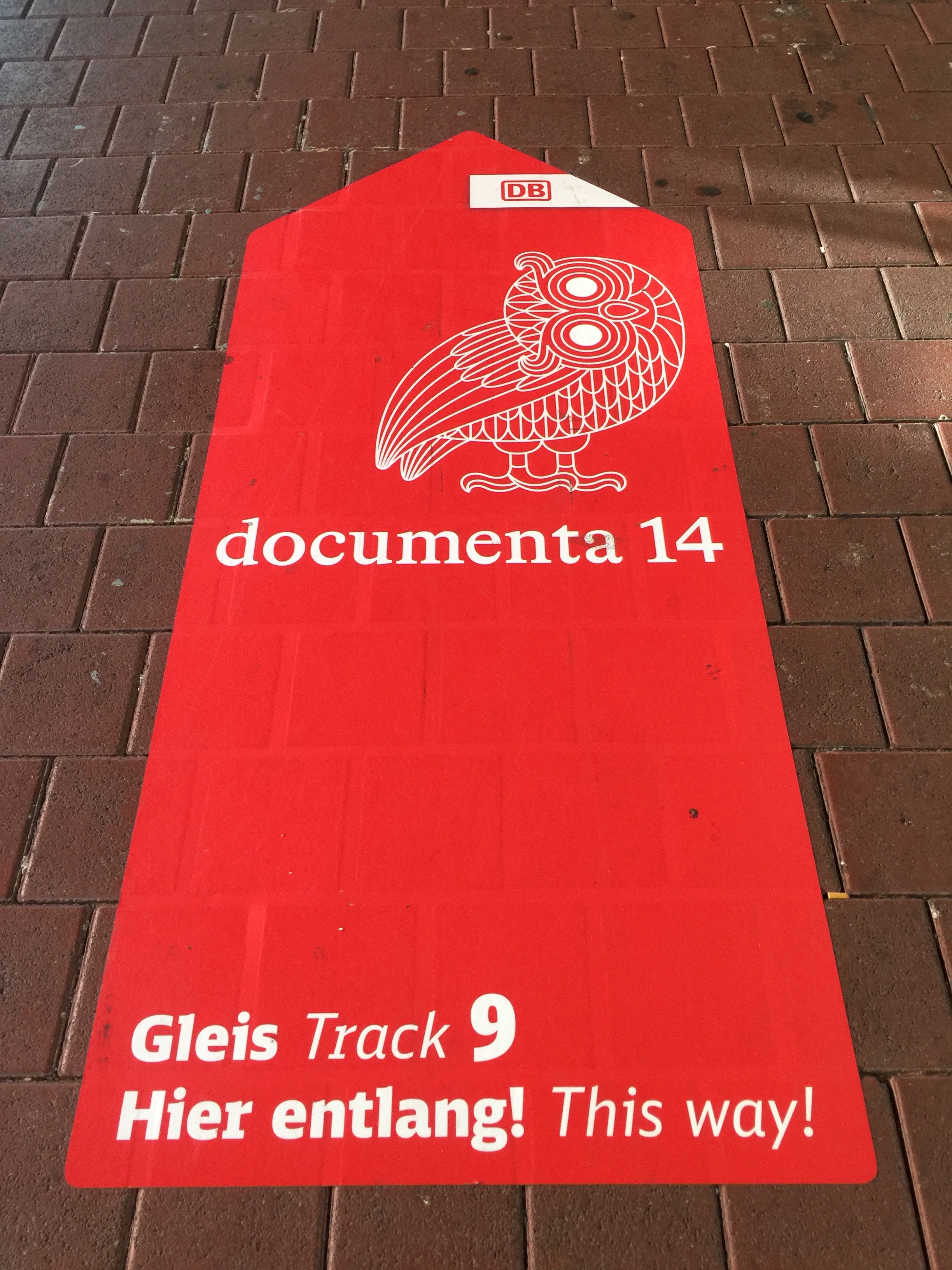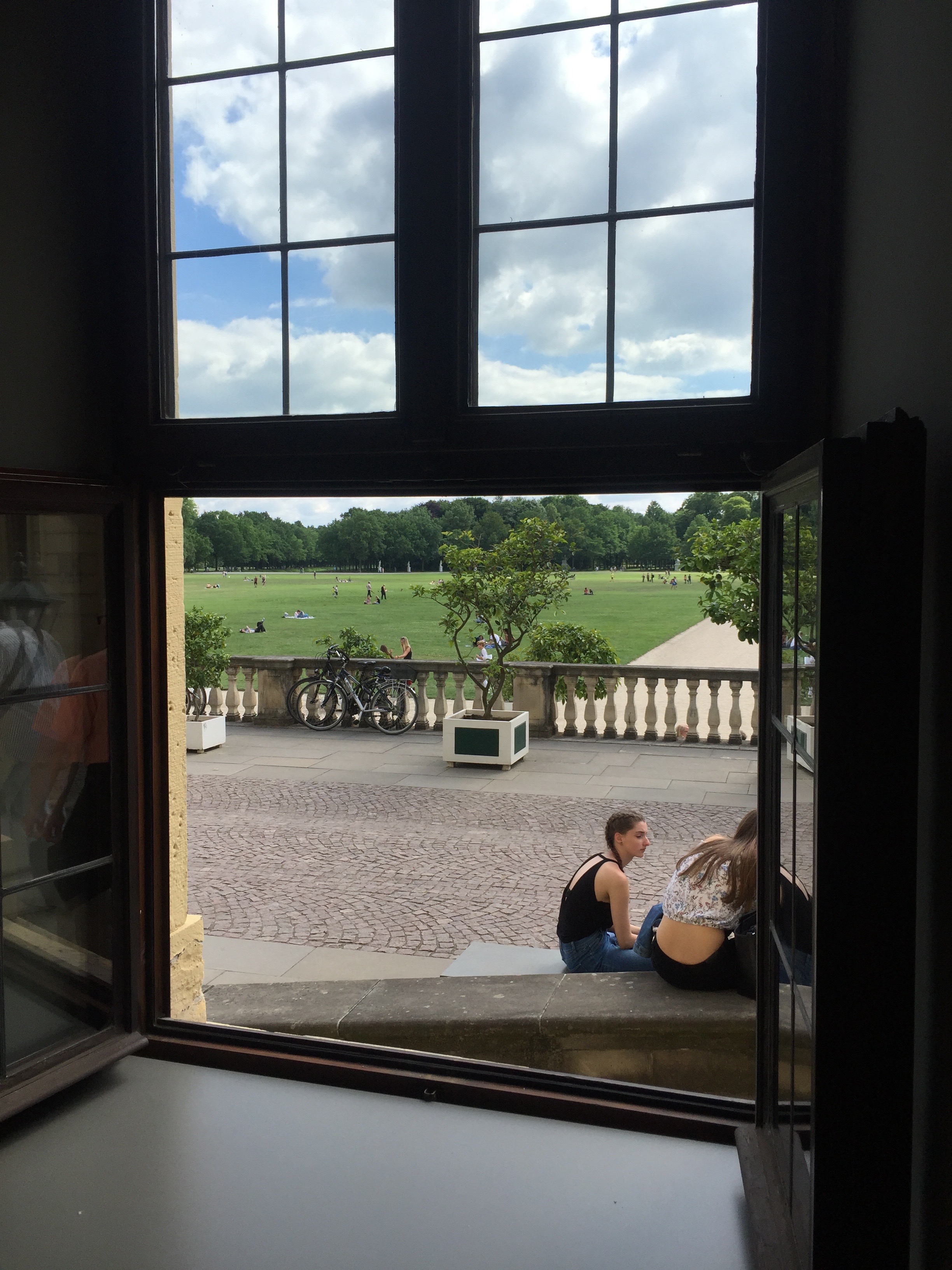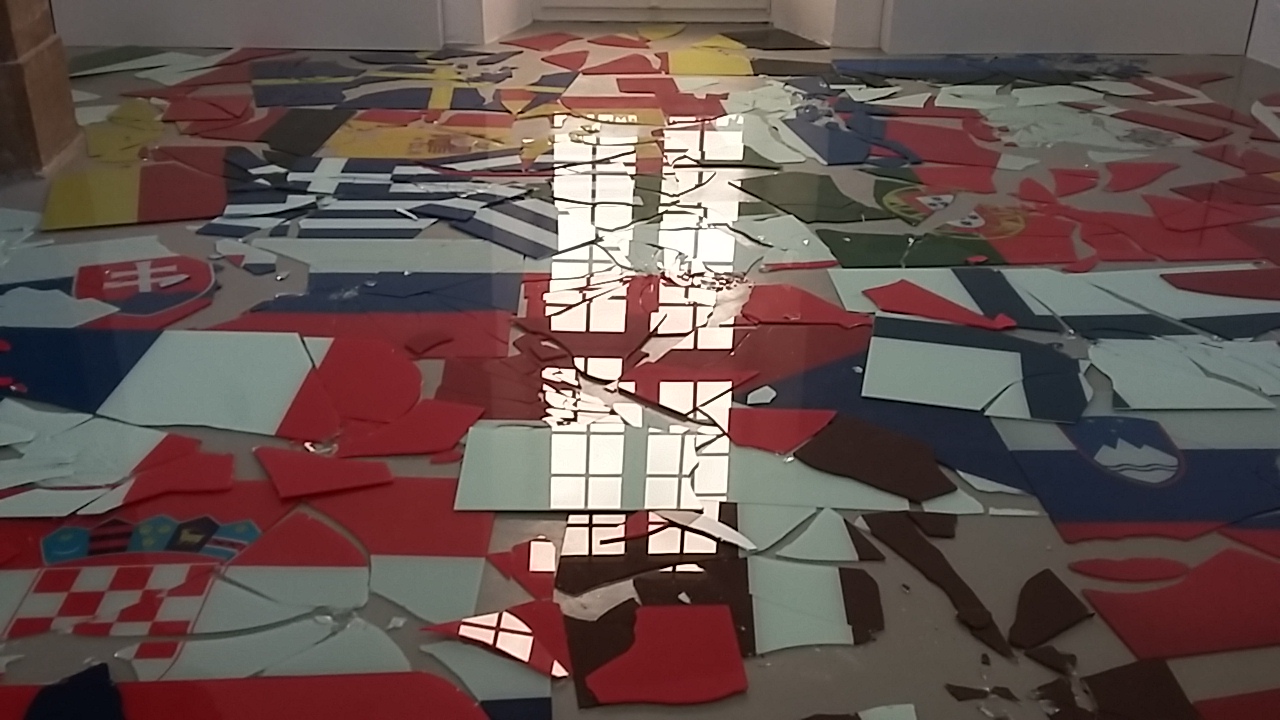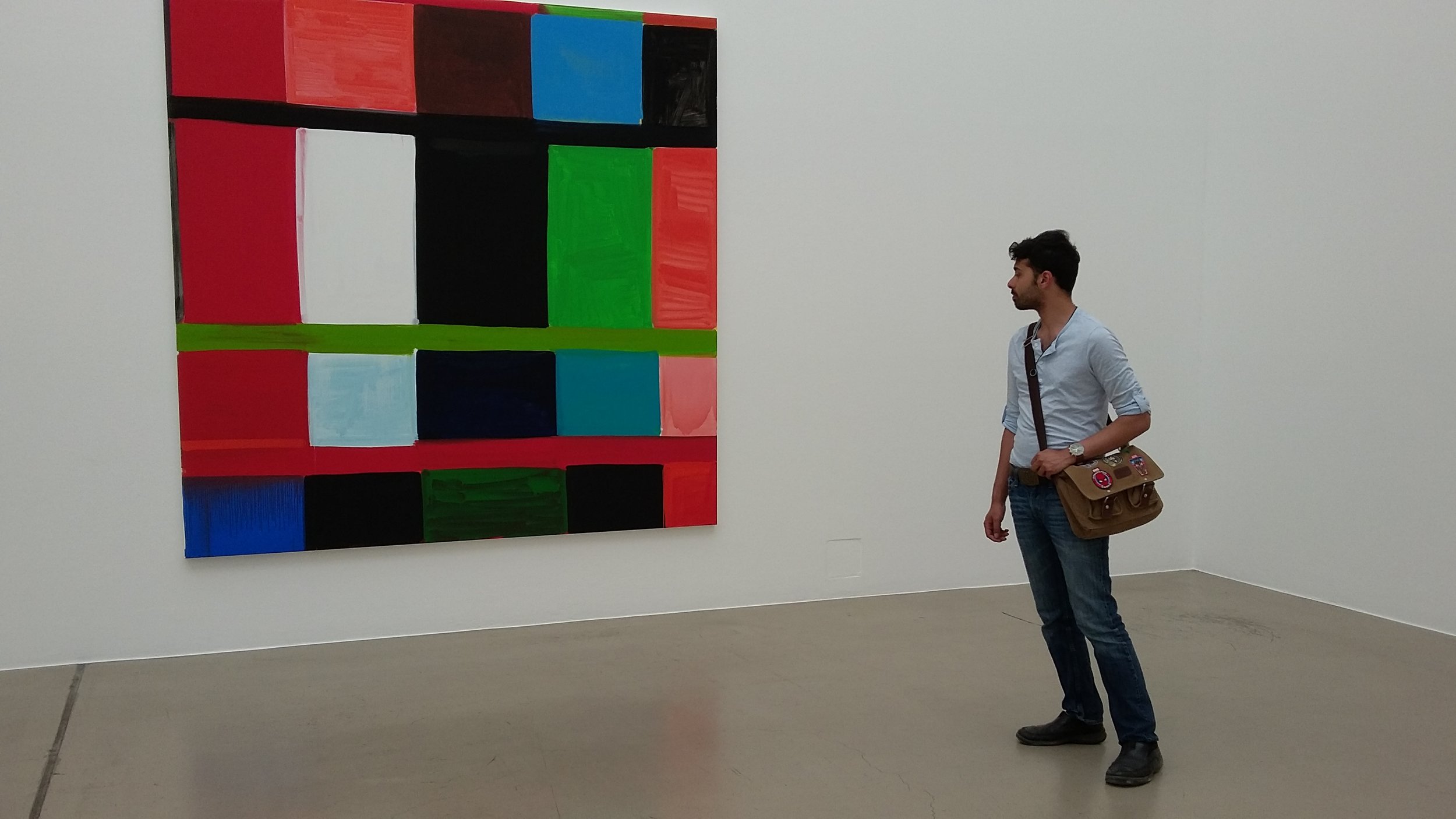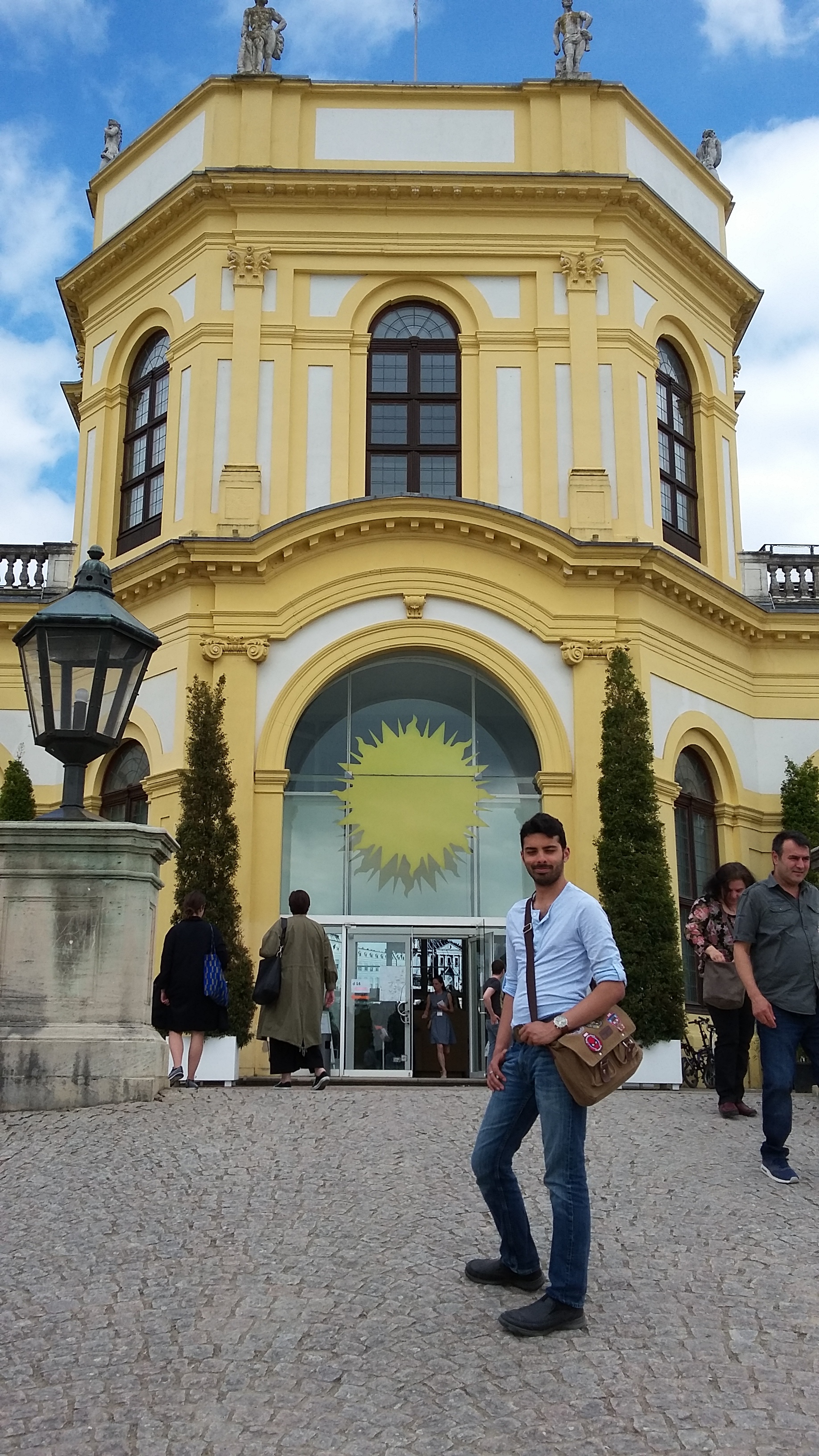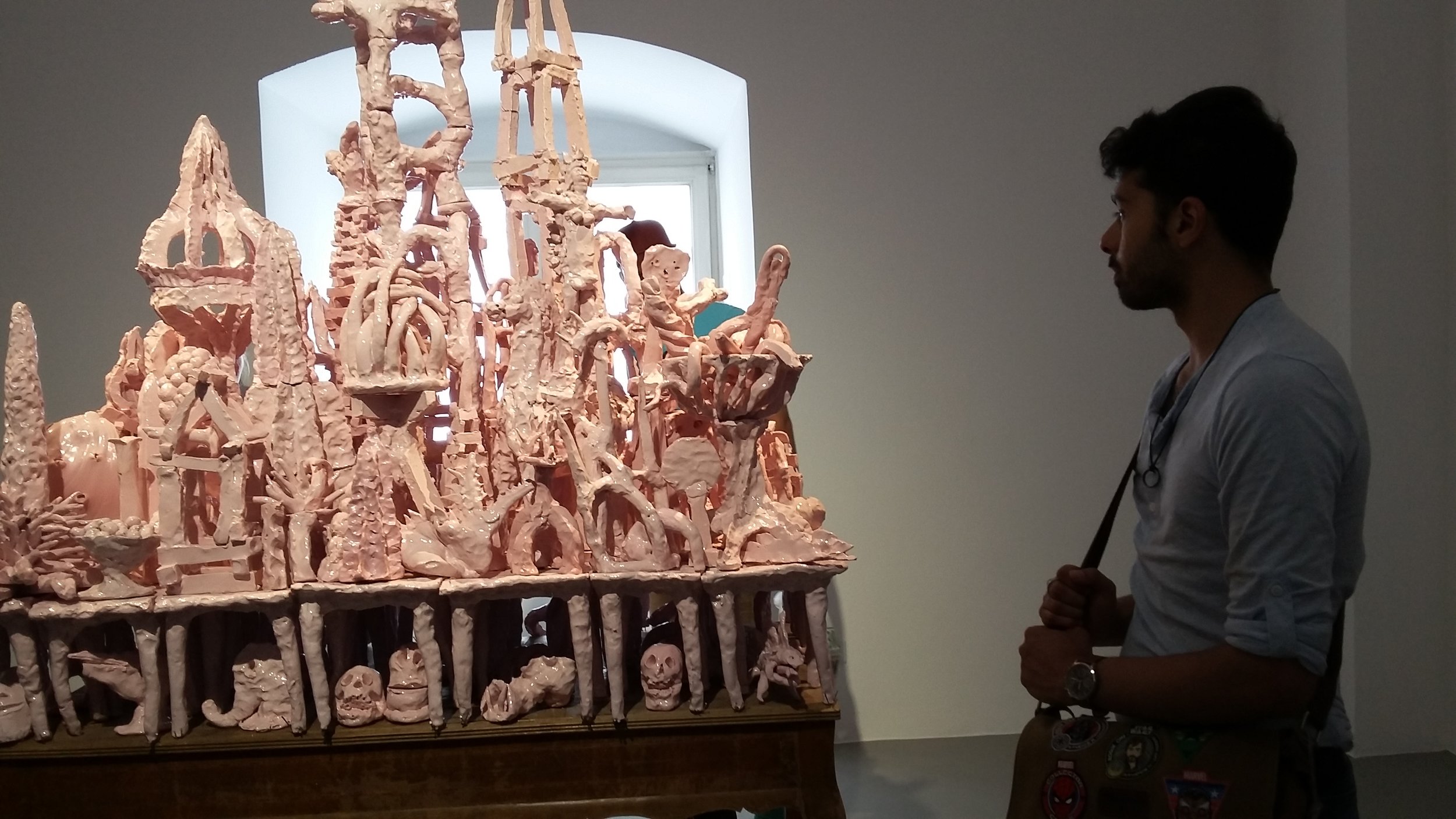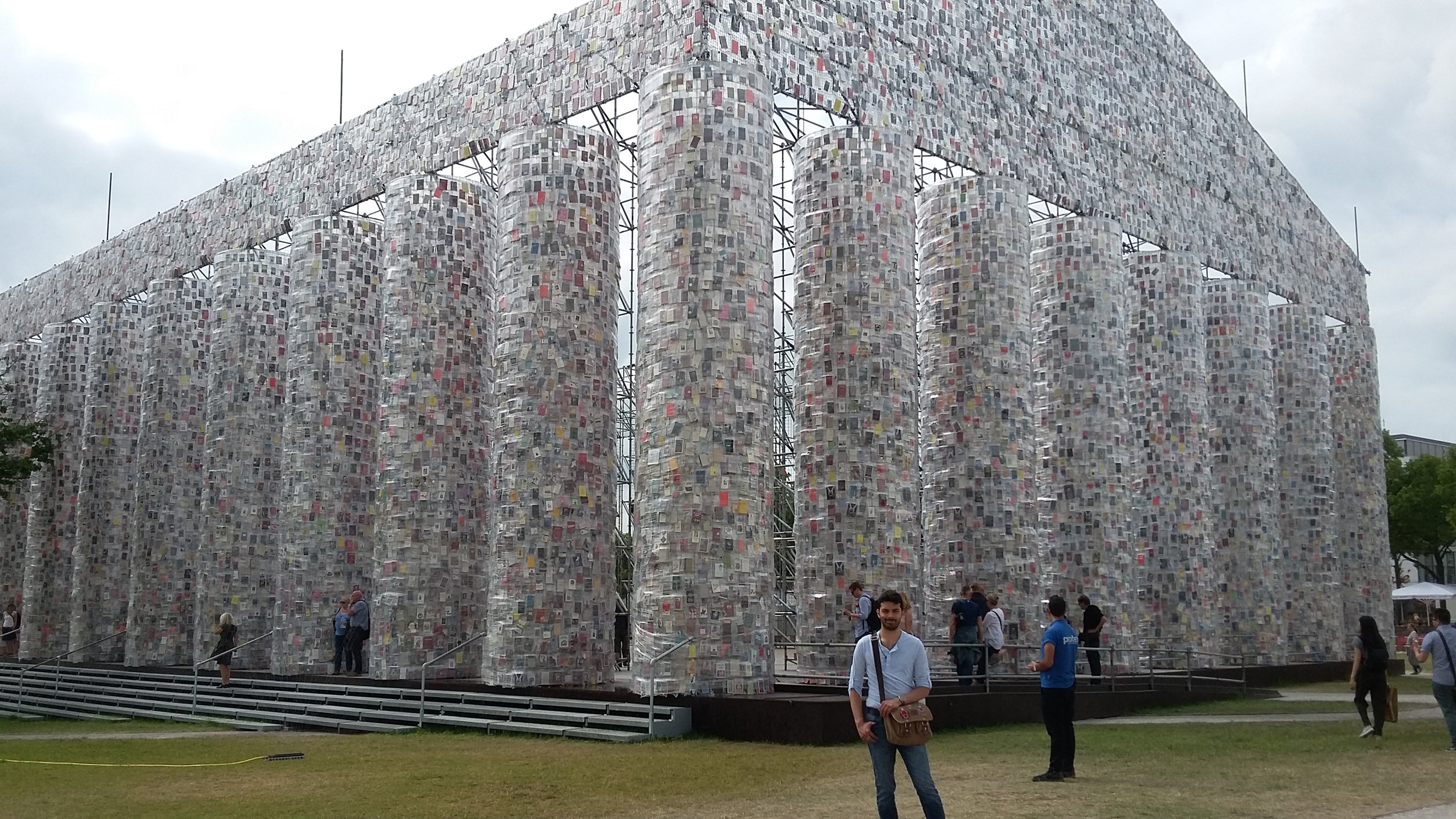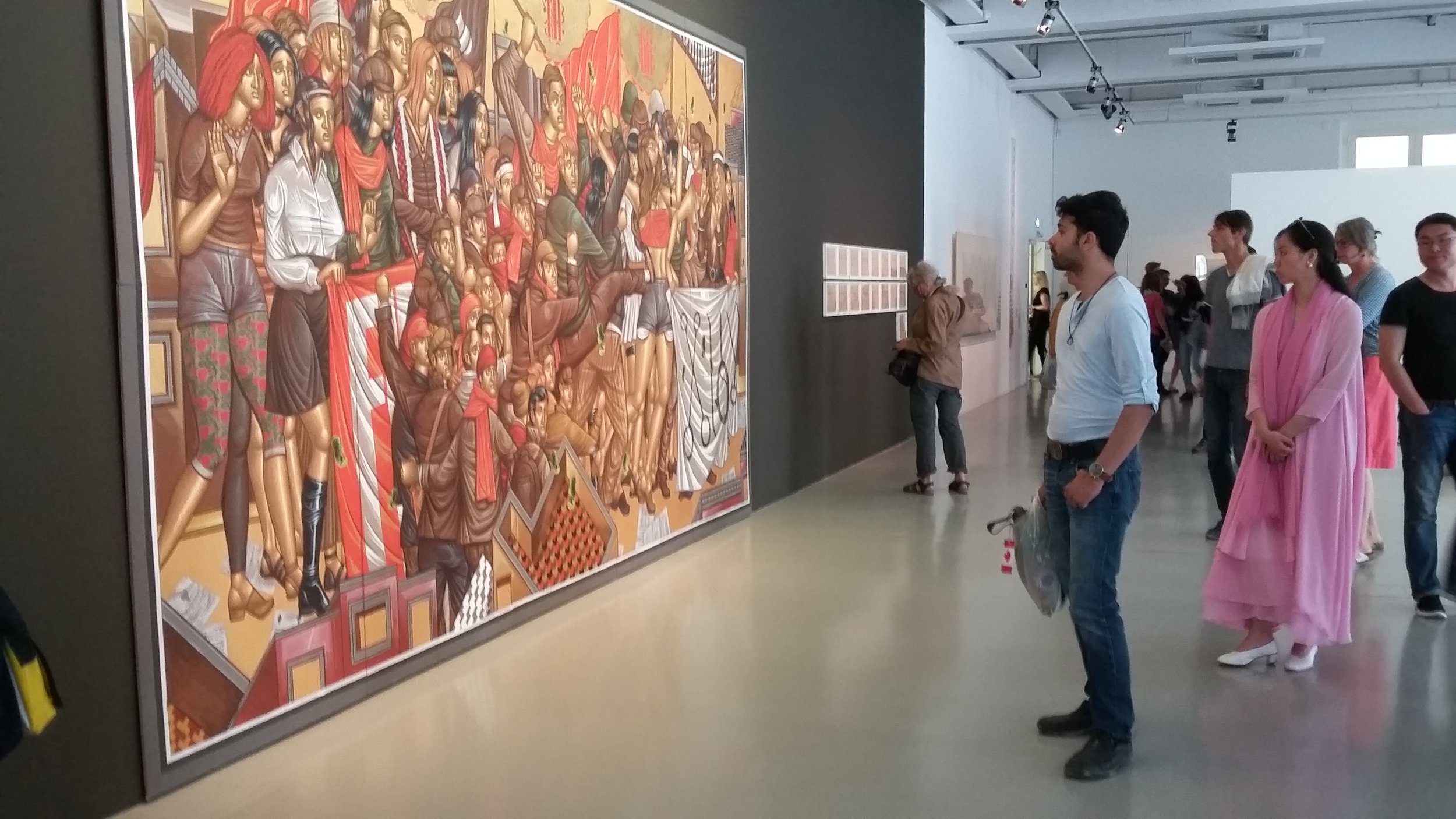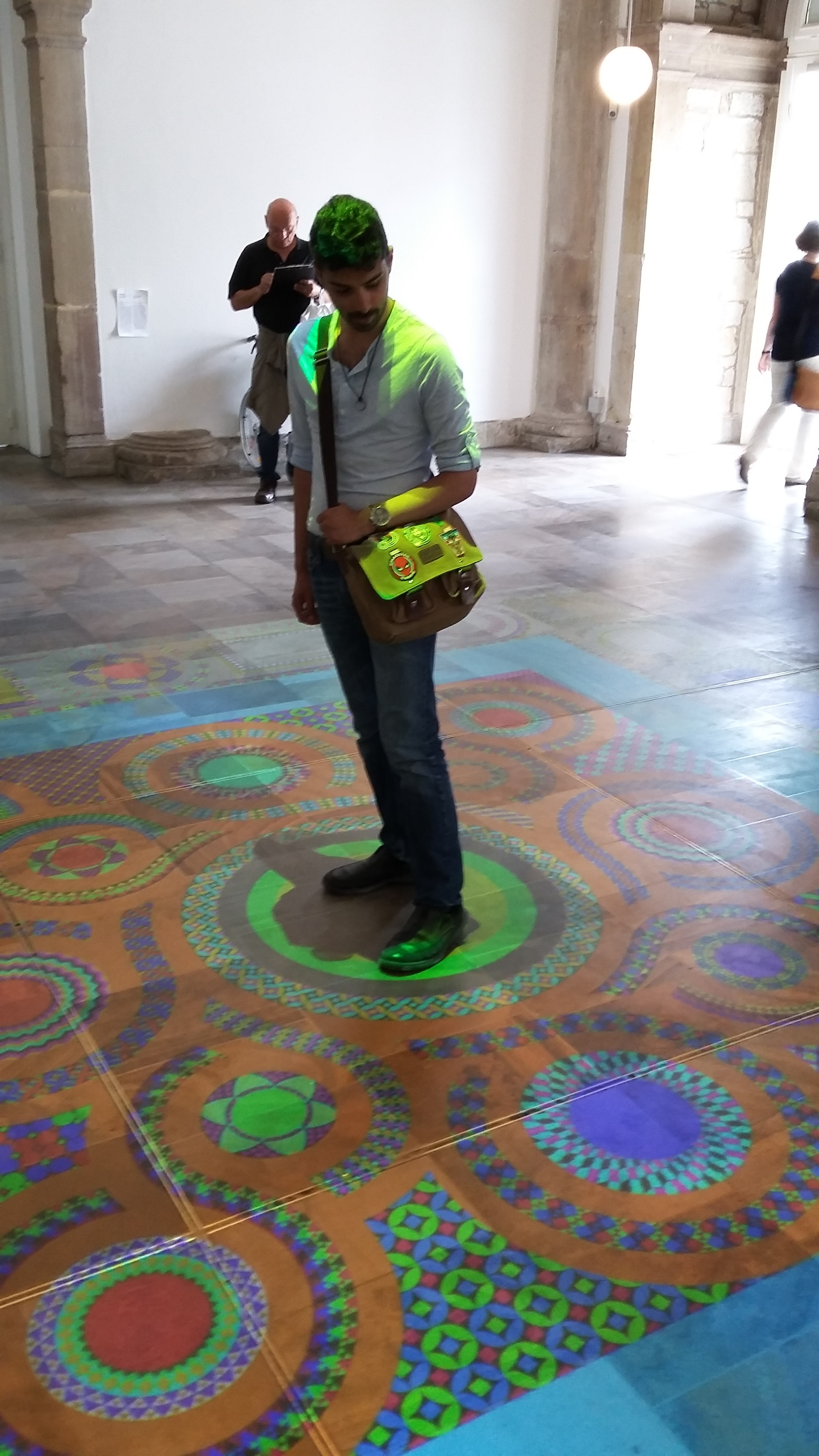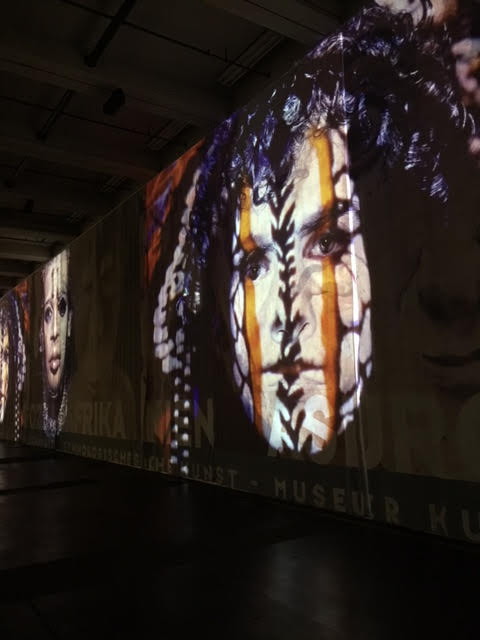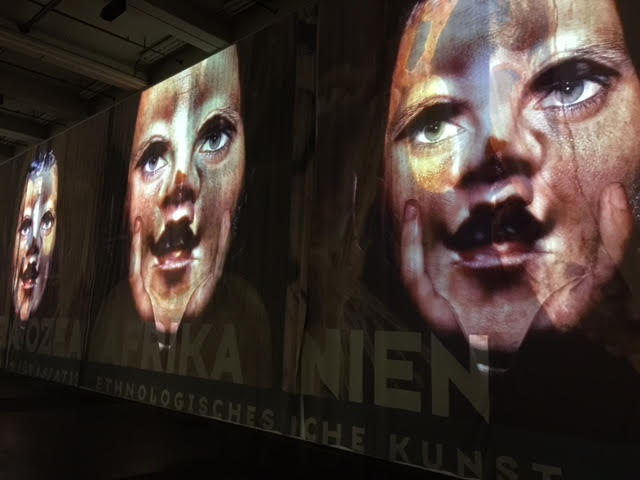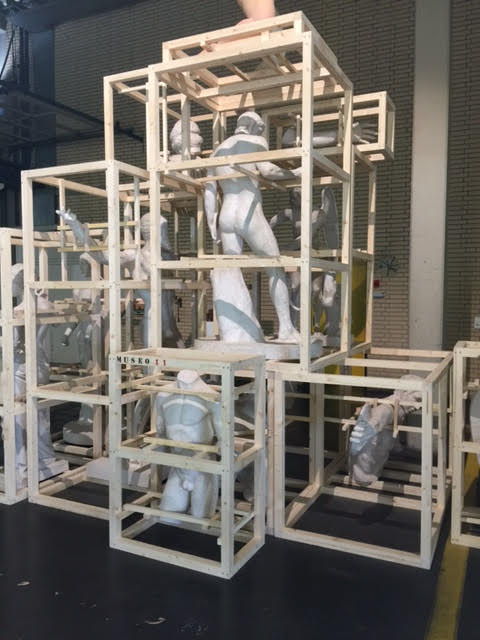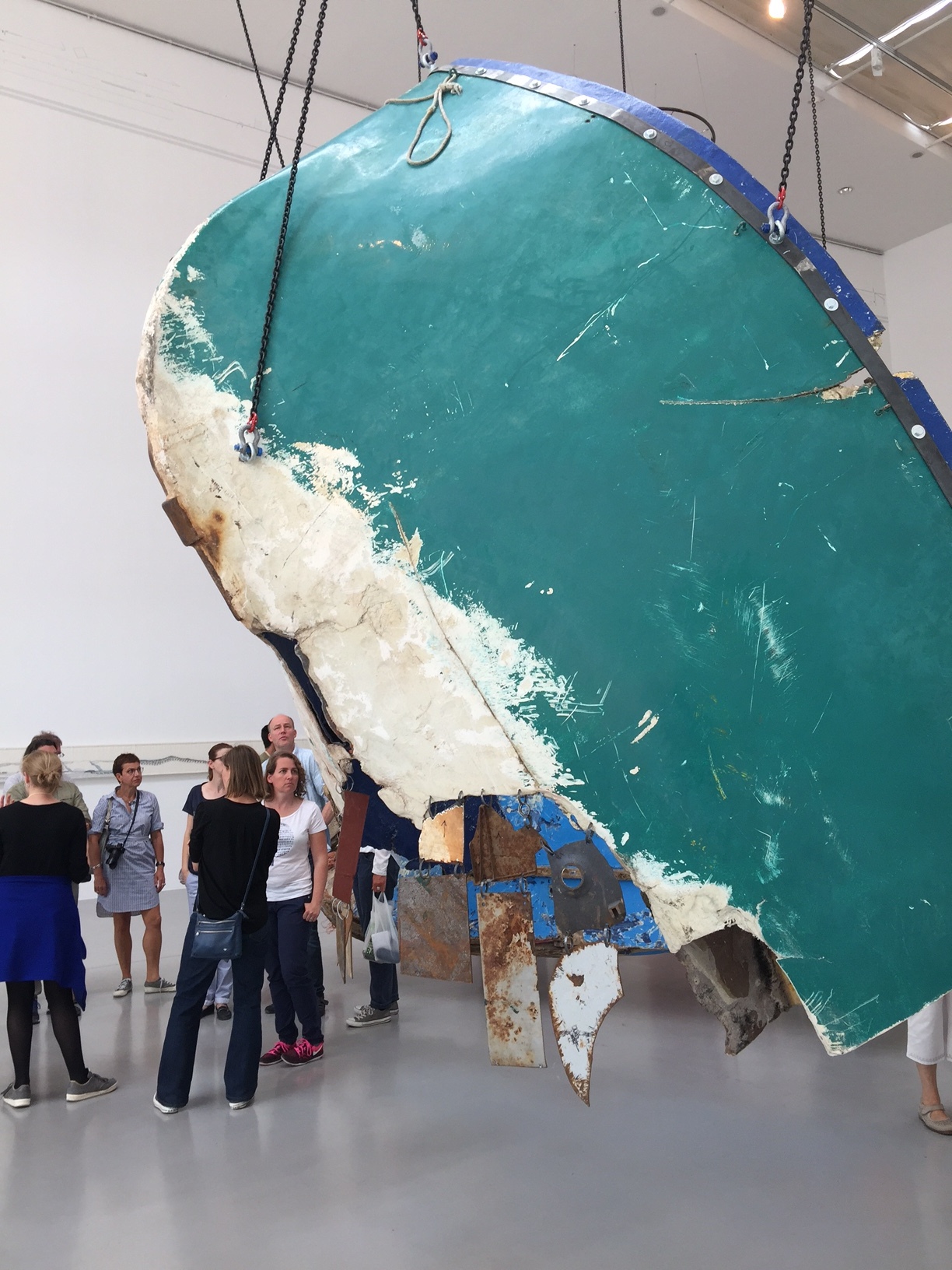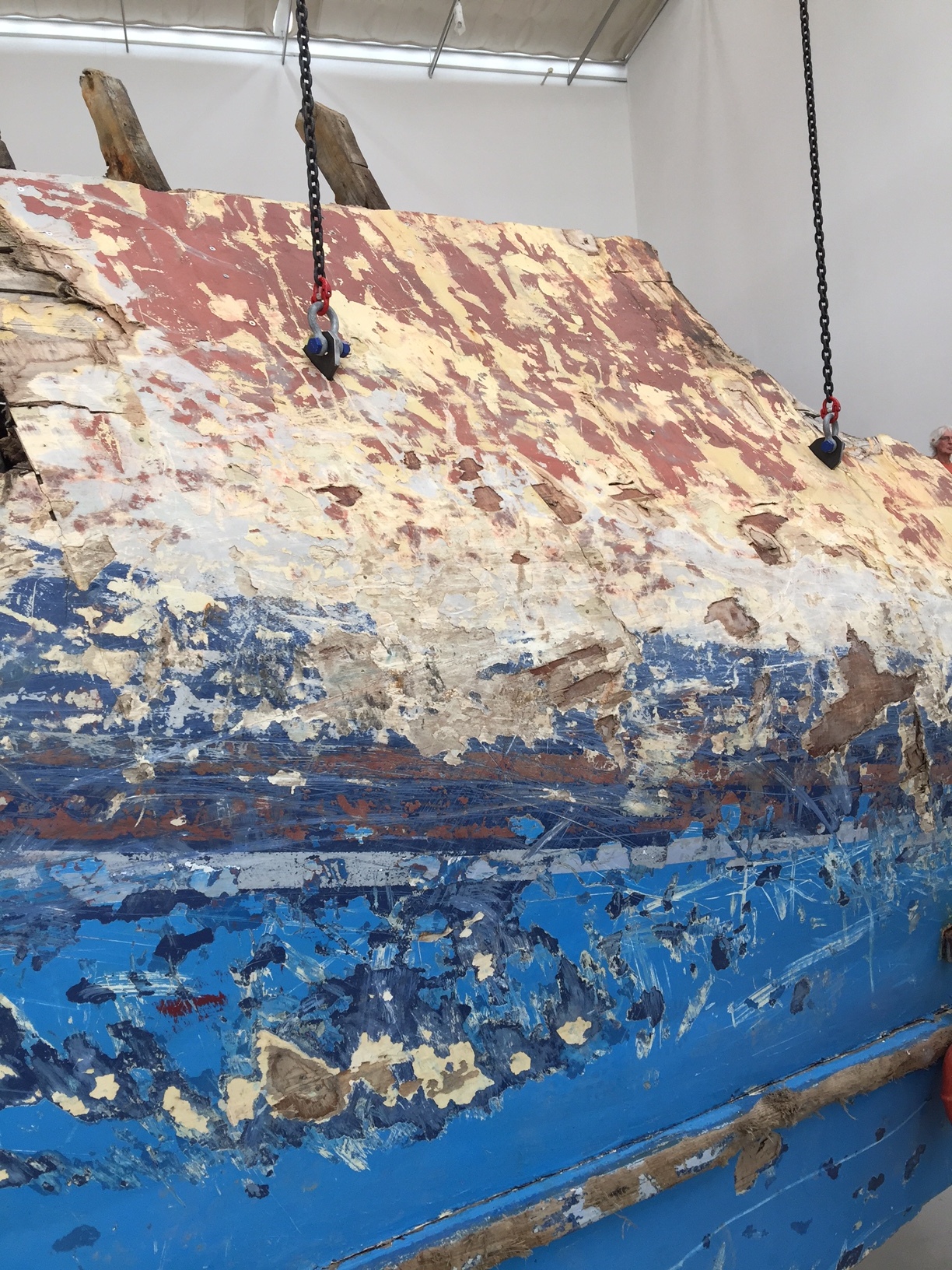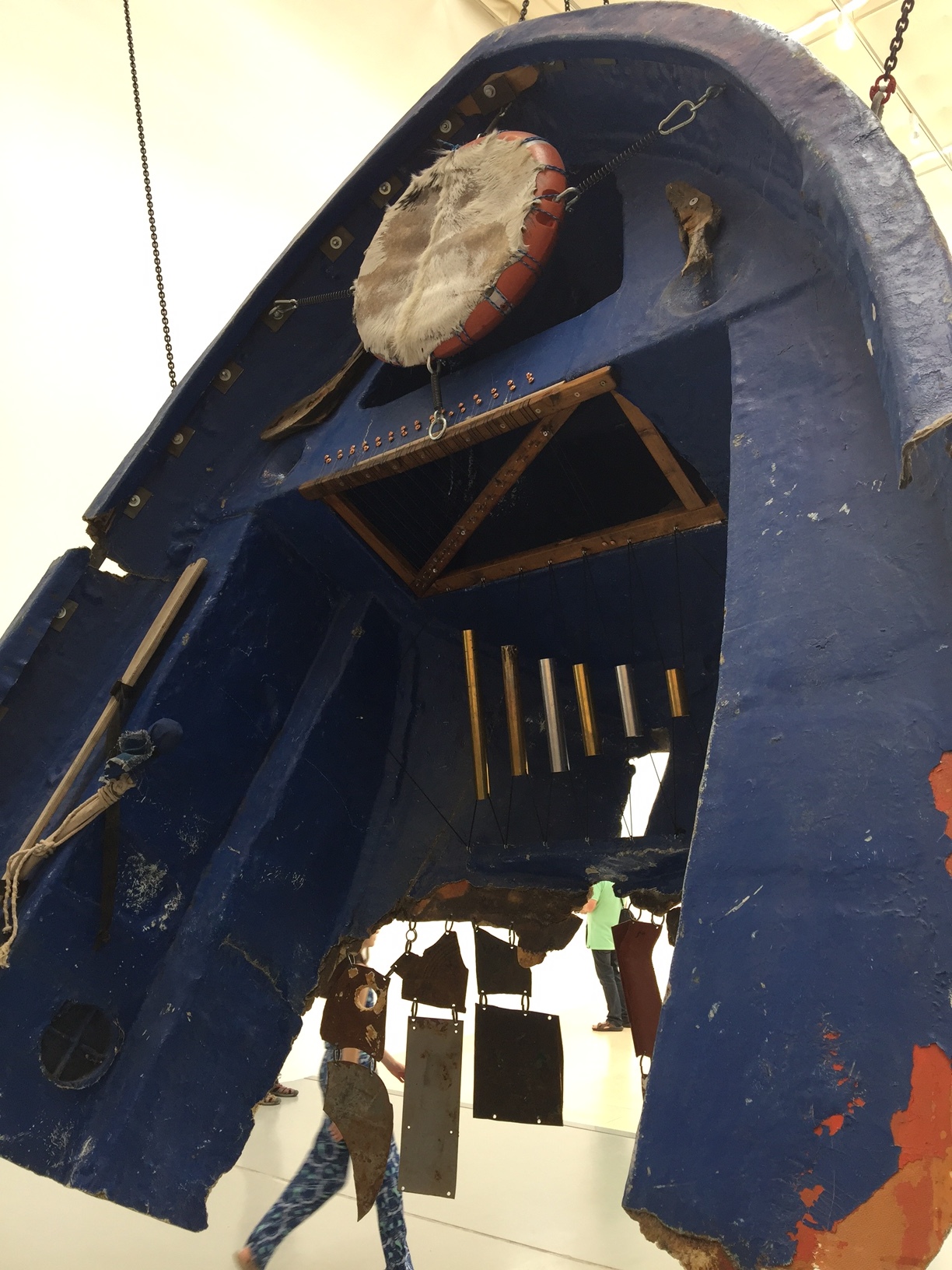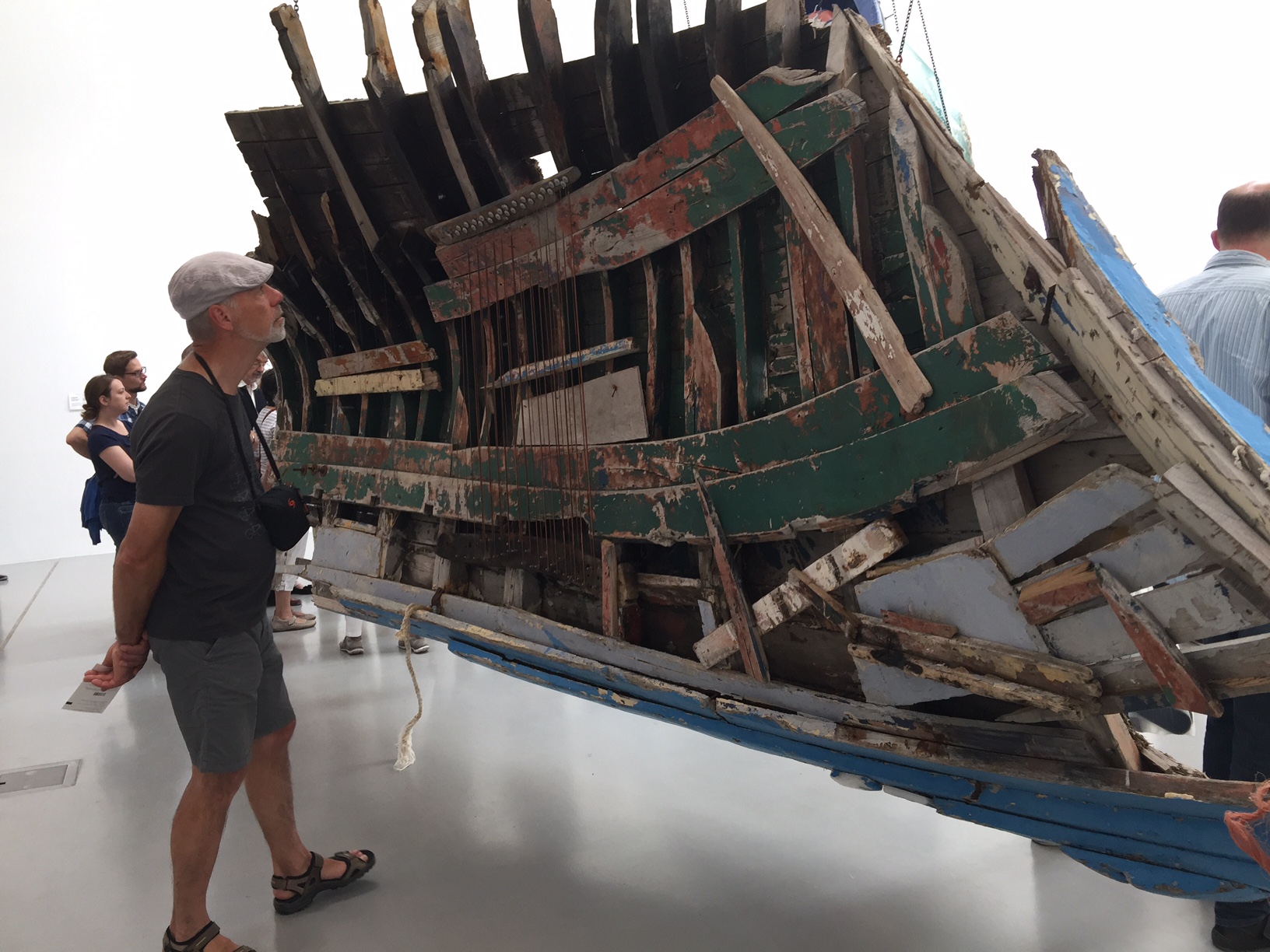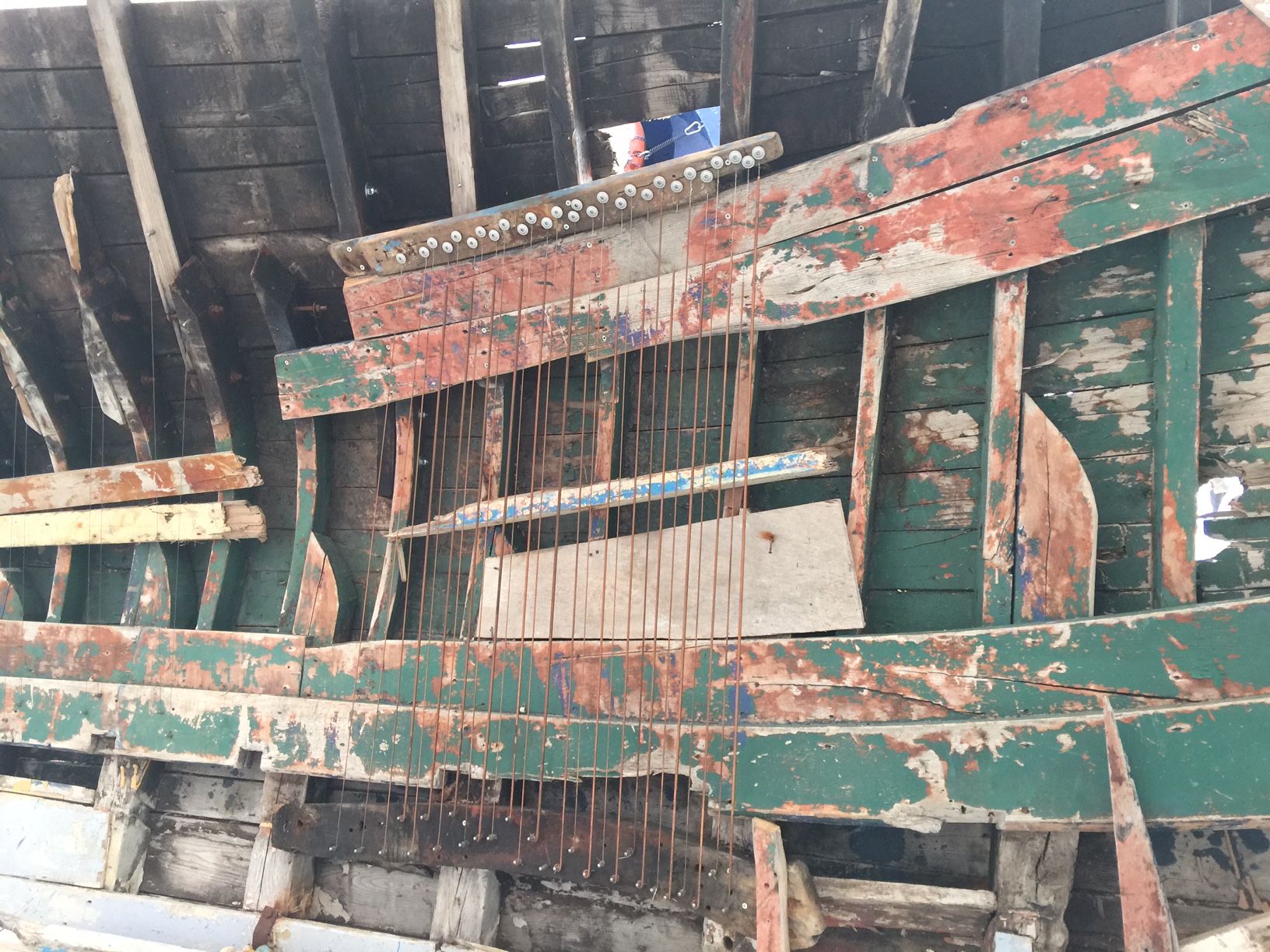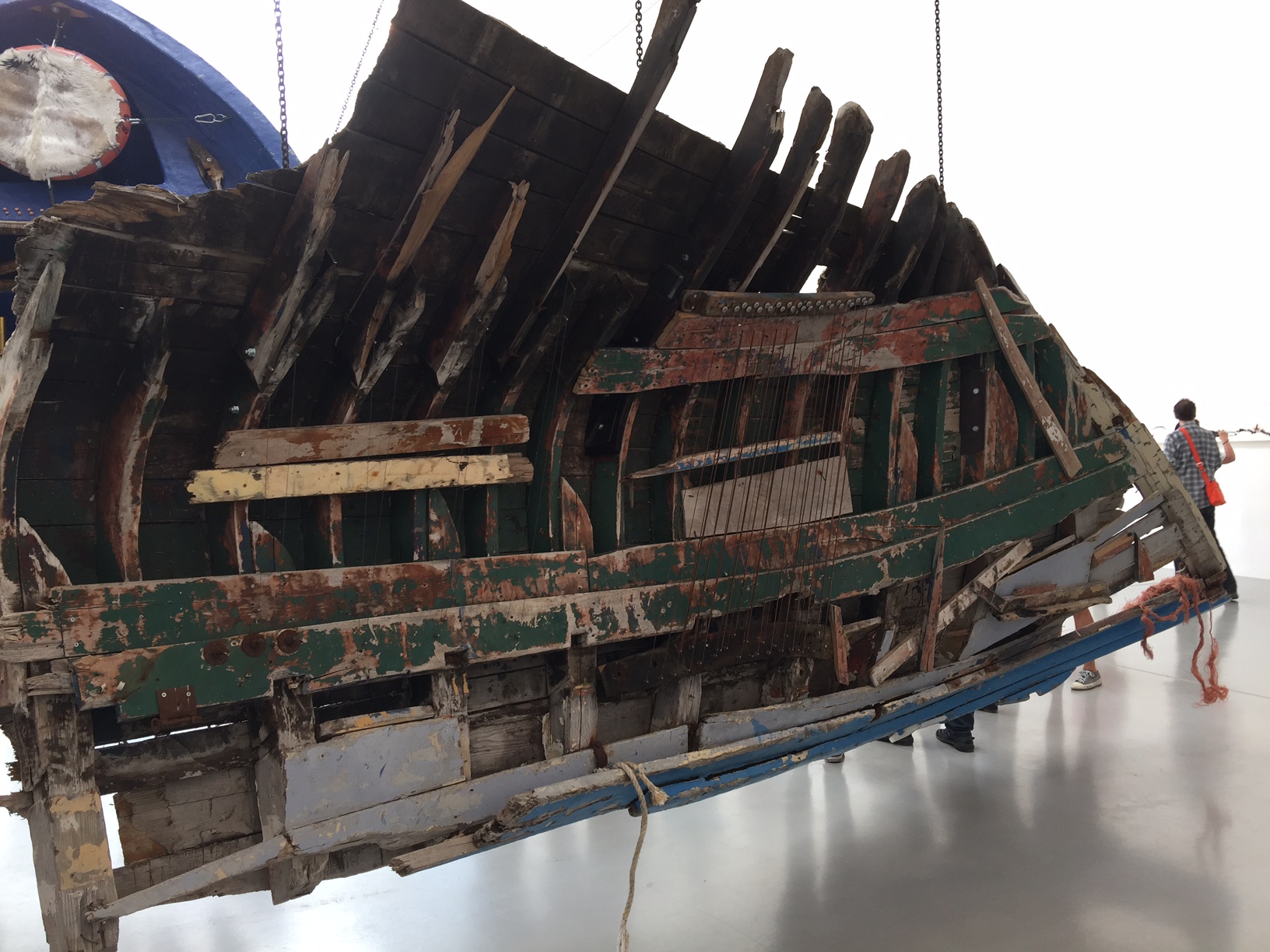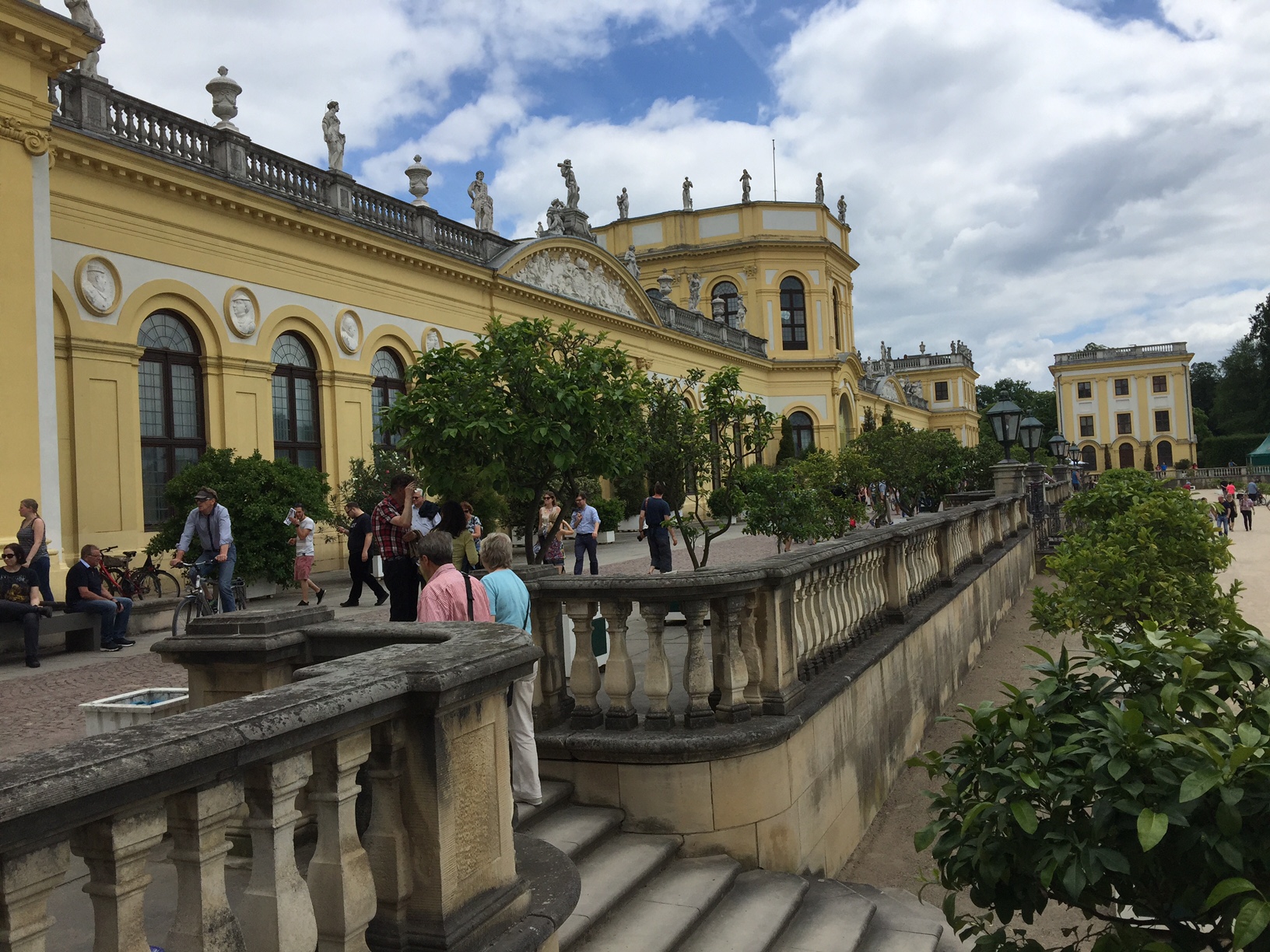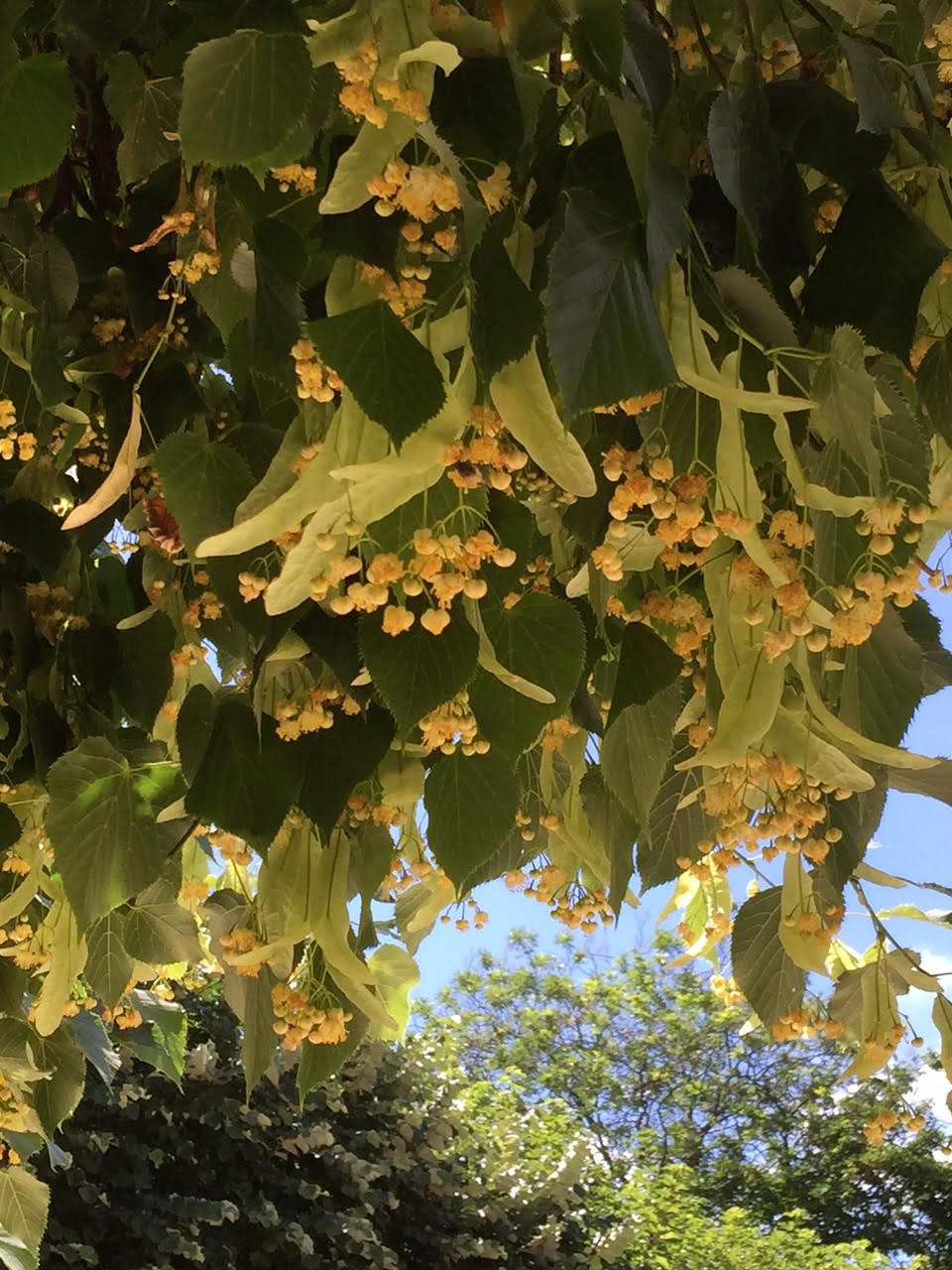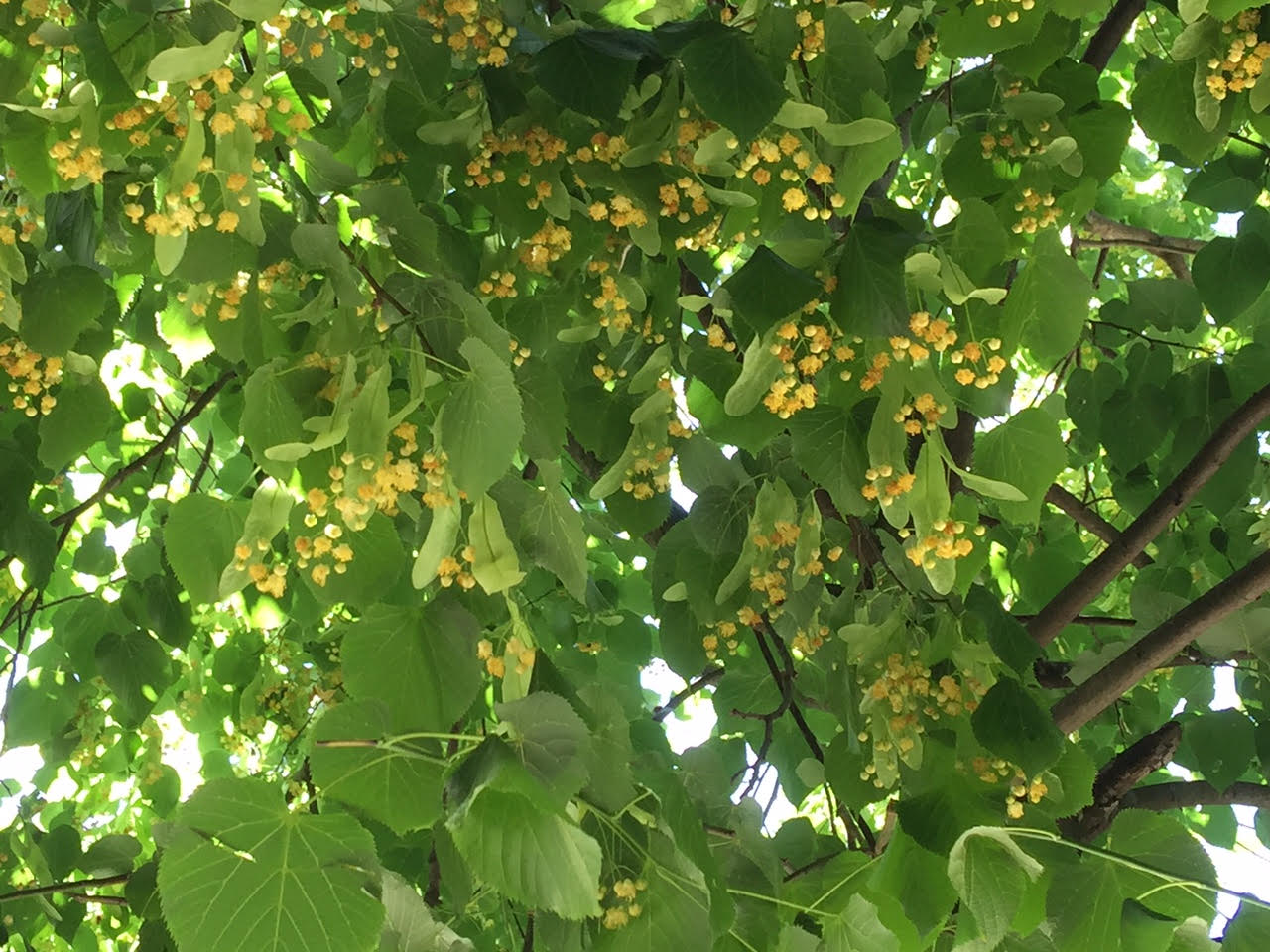Tell us a little bit about yourself—your background, major program of study, reasons for taking this trip, and anything else interesting you want to share (maybe something people might not know about you).
Hello, my name is Kate, and I am a Kwantlen Polytechnic University student majoring in Psychology and Fine Arts; actually you can say that in a few days I will be a KPU graduate. My post secondary journey began with studies of developmental psychology and explorations of the mechanics of the human mind. Two years into my education I was confident enough to re explore the passion of my life, and took a painting class as a test. It turned out that years of transcultural assimilation and geographical transitions are not as omnipotent as they ought to be in terms of causing identity crises. Together with the artistic freedom I regained self-sufficiency in expression and perceptivity.
Just like that, before I had the chance to reconsider - my days were accompanied by solvent smells, paint stains, and sudden impulses to sketch, and the nights saturated with coffee and APA Journal terminology. It turns out that one cannot simply walk away from art, especially considering that the world around is practically overflowing with it. And so, having gained enough practical experience in the studio and theory in class, it is finally the time to see how it all ties in together on a larger scale. Here I am, roaming the streets of Europe, bathing in the glory of the civilizational accomplishments and soaking in the history.
Group photograph at the Orsay in front of one of the most important works of modern art-- Edouard Manet's Le Déjeuner sur l’herbe (1863). Kate second from far left.
What has met or exceeded your expectations or surprised you about Kassel?
Arriving at the city of Kassel was a refreshingly different experience; if the residency in Paris was accompanied by some knowledge of the language and expectations, Kassel was a clean slate. Doing some research ahead of time would have been a good idea, but I am not complaining, because figuring out the significance behind the city’s history on my own (by simply basing my guesses on the monuments and landmarks) was a true revelation. It turns out that the city of Kassel is famous as the place where brothers Wilhelm and Jakob Grimm created most of their world famous fairy tales. It is an old town with a modern façade, so different from Paris that came off as a proud juxtaposition of the classical and the modern. When I asked the locals about the reason behind this, and I was lucky enough to encounter a history enthusiast, I was told that Kassel was badly damaged and almost completely destroyed after the Second World War, and that the modernity comes from the renovation of 1945. The heart of the city has wide shopping streets and colourful buildings, surrounded by scenic landscapes of green parks and gardens. The first glimpse of Germany has exceeded my expectations - I got the opportunity to enjoy the picturesque nature, get acquainted with unique works of art, and of course witness the Documenta.
Kate was assigned Edgar Degas's Portraits at the Stock Exchange (1878 – 1879) from the Orsay collection.
Unable to see her original Degas in person, Kate was pleased to see this work, The Bellelli Family (1858-1867), a painting that was discussed in the resource materials she studied when preparing her studio projects.
Give us some insight into your assigned artwork from the Orsay Musuem. After seeing the work in person in Paris (and any other related art from the same artist or art movement associated with the assigned work), what struck you most about it and/or how did the artwork’s form, content, and context shift for you when seeing it.
I was assigned Edgar Degas’s Portraits at the Stock Exchange (1878 – 1879), a 100 by 82 cm. oil painting on canvas; depicting a portrait of the banker Ernest May (as the title suggests) at the stock exchange. By choosing to depict a chaotic composition, and filling it with agitated faceless figures, the artist depicts a setting and the relevant mood that are so representative of the time. And just like Degas does in many of his other works, here the artist includes himself into the painting through the mood; knowing the money world well, he comments on the shady nature of the money exchange business.
The painting, however, was not at the Musée D’Orsay on both days of my visit. Nobody seemed to know where it was, which was quite upsetting, especially after seeing all of the other works that were discussed in class and how they make an impact on first hand experience.
The piece that impressed me the most was Degas’s The Bellelli Family (1858-1867), oil on 200 by 250 cm. canvas. This painting was discussed in the assigned reading accompanying my painting, and taken apart on a very methodical level; therefore, witnessing it in person was an overwhelming experience. All of the mentioned elements were presented as detail images, which of course does not compare in any way with the opportunity to come up-close and examine them. The scale, richness of the colour, and the presence of the original images (in the same room) that were copied into the painting, all of these factors changed my reading of the painting completely. It was like getting to know a person through a photograph and then finally meeting then in person and getting the full range of the individual’s character.
Kate completed this painting titled Trend Whispers as her final studio project in dialogue with her assigned Degas painting.
How did you approach the creative task of responding to this assigned work in studio? What were your challenges as an artist to be in dialogue with the artwork and artist? Would you do anything differently now that you have seen the work in person?
As a response to my assigned work I created a piece exploring the idea of stock exchange in the context of the twenty-first century. Interviewing professionals in the area, I gathered mental images and ideas of what the market looks like in the minds of data analysts. Then, using magazine cutouts and other clippings assembled in a brainstorming sketch, I generated a vision for the final piece in terms of content and compositional layout. Combination of these research methods resulted in a 3’ by 4’ painting on canvas utilizing acrylic paint and watercolour pencils.
Titled Trend Whispers, the painting explores the meaning behind symbolism used to describe the stock market and comments on the anonymous quality of the exchange processes. Washed quality of the background and sketched finish of the figures depicted, comments of the fact that stock trading is a shady business that may be done by anyone from anywhere. Symbolism behind the use of bull and bear to describe markets comes from the way the animals attacks their opponents; the bull thrusts its hurts upwards, while the bear grounds its paws into the ground - a metaphor for how the market is behaving. Incorporating features of these animals in the painting was meant to involve the audience and raise a question of how these figures are related to the market context. Figures bearing the animal features are meant to hint at the attributes of the two types of markets, and help to piece the picture as a whole. The concept of the male gaze is inverted in that it is depicted in the image and not used as a perspective point - the viewer is confronted with the figure’s (on the left) stare, bearing the connotation of the “Big Brother watching you” in the context of stock exchange; the “Big Brother” representing the influential sources behind the economic downs and falls.
I found being in dialogue with an artwork is like having a two training wheels attached to your bicycle – it is a good starting point and at a certain stage you can just take them off and roll on your own. The assigned painting pushed me to explore a subject that I would not have chosen otherwise. Research and experimentations were the two factors that made it happen. The main challenge was reworking my process and stopping myself from obsessing about the finished quality. If I were to change anything, it would be to allow just a little bit more realism and finish in certain parts of the painting. Overall, choosing a topic and technique that is not of my character and analyzing it in the context of the present moment is definitely something that should be done every once in a while, if not for technical advancement, then at least for the sake of inspiration.
Today’s activity was located at the Documenta 14. What were your impressions? What will you take away of the experiences of this day? What are the most memorable moments for you?
Today’s activity took place at the Documenta 14 exhibition in the beautiful city of Kassel. I must admit that this event is a challenge to me on many levels, however, I was taken by surprise by how engaging and flowing the experience of art viewing turned out to be. Spread out though the whole city, the exhibit makes you walk, makes you see, hear and smell in order to make a sense of the happening. Unlike in other exhibits, the viewers are not locked into one building and forced to examine art within the artificial environment, ripped out of context; here the city itself is included in the dialogue, the history plays a role as well.
Touching on many topics, mediums and scales, this exhibition redefines art. It has an attitude; it is multifaceted, controversial, yet, settle at times, and even (I will not be afraid to say) beautiful. This was an overwhelming day. If Musée du Louvre has overthrown me by its history and technicality, Documenta was a conceptual feast. In the walls of the exhibit I heard a whisper saying that ignorance is bliss. I disagree. The Documenta is a treasury of contemporary art, a library of the modern issues, a fountain of inspiration.










